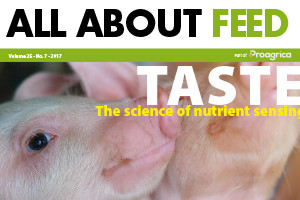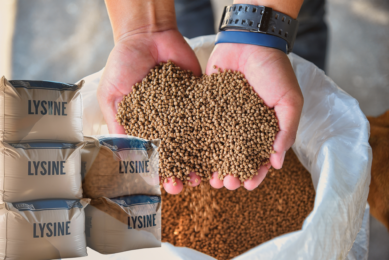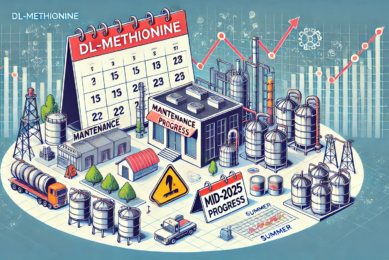New issue All About Feed now online

The September issue of All About Feed is now available to read in our digital magazine section. In this edition, with a new look, we take a look at the nutritional needs for sick cows, the amino acid profile in some new protein ingredients and much more.
AAs in new protein sources
Amino acids (AA) are the building blocks for protein in all animals and have multiple regulatory functions in cells. Out of total 20 amino acids for monogastric animals, pigs require only 9 EAA (methionine, histidine, phenylalanine, leucine, isoleucine, threonine, tryptophan, lysine and valine). The indispensable amino acids could differ depending on the species. Soybean meal is the best-known of the vegetable sources of AA used in swine diets. But, substitutes for soybean meal in swine diets are increasingly used as a nutritional and economic interesting substitute (think of insects, algae, cottonseed meal). In the article we describe a few of these alternatives.
Feeding sick cows
Every farmer has to deal with sick animals once every now and then. To get cows back on their feet quickly, proper nutrition is important. But what to feed sick animals? A number of feeding management strategies can be used as a supportive treatment of various metabolic and infectious diseases. The article will provide some insight on the most common disease problems in cattle, and the feeding strategies and steps that can be taken to reduce the impact of sickness on the profitability of farm operations.

Nutrient sensing pigs
A high feed intake in young pigs is important to obtain maximum growth, hence leading to a better return on investment for the farmer. Foremost, the diet should contain all the nutrients the animal needs to grow and stay healthy. Young piglets often get a smaller pellet / mashed feed, full with highly digestible ingredients. However, over the last decades many studies have been carried out into how to stimulate feed intake by looking closer into the sensory profiles, the pig’s taste and the animals’ preferences. A chronicle review on this topic can be read in this edition of All About Feed.

More articles in this issue are:
• Conditioning: A new way of feeding animals
• Positive results of new boar feed
• Global feed safety through uniform standards
• Towards total replacement of fishmeal
• Less NE via smart nutrient combinations
• Protease: Ready for the post-antibiotic world
To read all the articles in this issue, go to the magazine overview page and sign up with your current website login.











